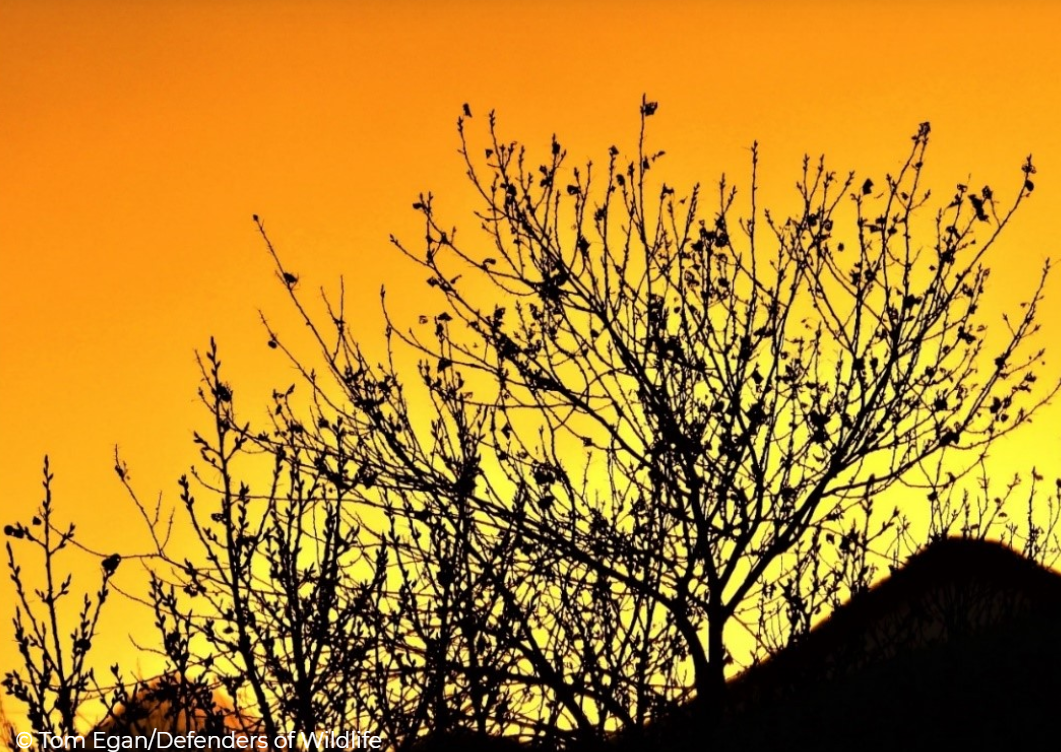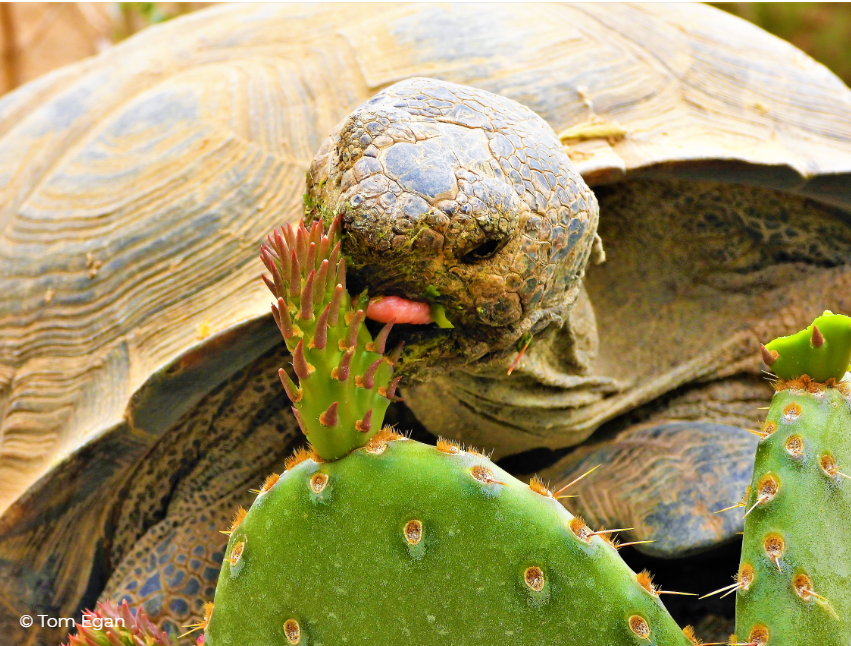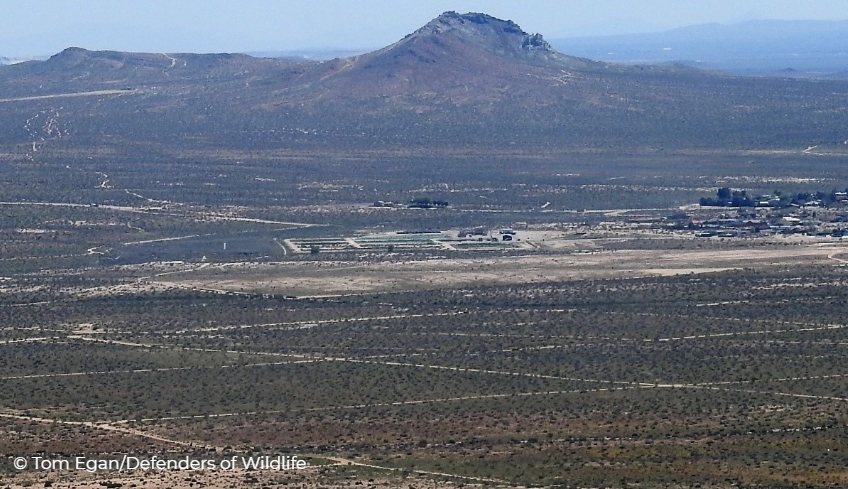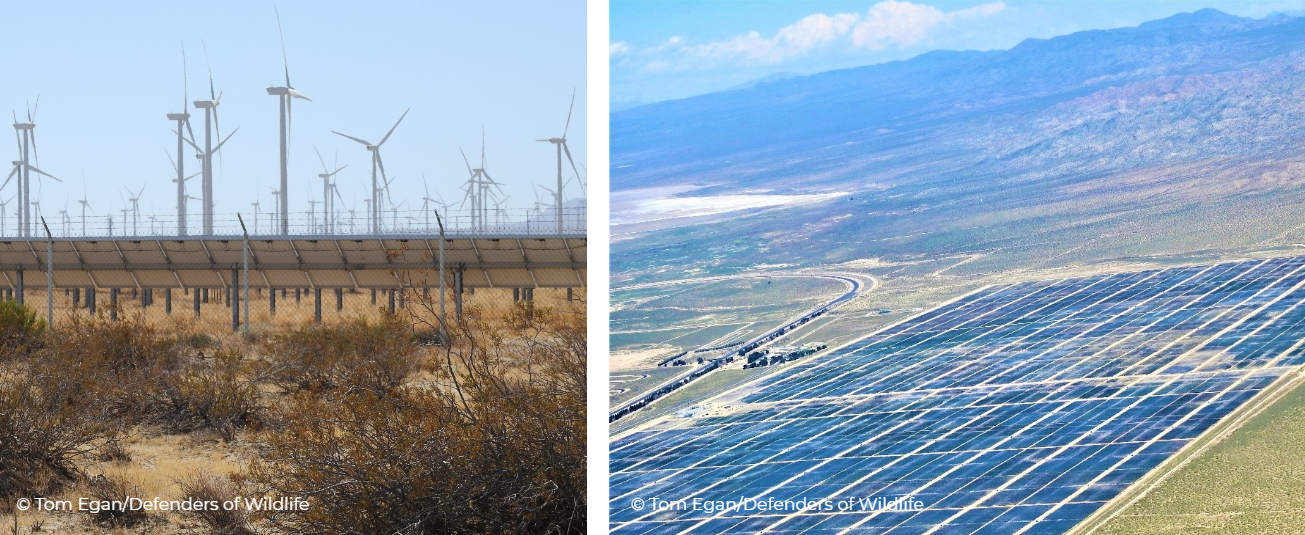Original Story: https://defenders.org/blog/2020/08/mojave-desert-overhead-and-ground
“A general pallor of dust still accompanied sunrise in the western Mojave Desert this morning, following the infamous King of the Hammers off-road event held in Johnson Valley a week ago. Flying today with my friends over public and private lands near California City on a Presidents Day Weekend EcoFlight – to get a bird’s eye look at off-road vehicle (ORV) use & issues. More later… Let’s roll…”

So read notes in my Defenders of Wildlife field journal from Saturday, February 15, 2020, prior to meeting up with pilot Bruce Gordon of EcoFlight, and a who’s who of fellow desert advocates, a state off-highway vehicle (OHV) commissioner and some members of the media.
EcoFlight helps people across the nation see nature from a different perspective by educating and advocating for the protection of remaining wildlands and wildlife habitat, as well as by encouraging an environmental stewardship ethic. EcoFlight has been using small aircraft to put people into high places since 2002, revealing from an aerial perspective many of the environmental threats looming across landscapes in the West.

Our mission on this day was to document ORV use impacts to flora and fauna, notably the threatened Agassiz’s desert tortoise, as well as to investigate air quality and groundwater use in the Indian Wells Valley, Rand Mountains and Desert Tortoise Research Natural Area (DTRNA) in Kern County, California. Presidents Day weekend is one of the highest ORV use weekends in California’s Mojave Desert, so we hoped to get an aerial view.
Thirty years after its listing as threatened under the California Endangered Species Act (1989) and federal Endangered Species Act (1990), Agassiz’s desert tortoise today is in worse condition due to an increase in the number and severity of threats. Similarly, while critical habitat was designated in 1994 and several management plans have been adopted to improve habitat conditions, the sobering reality is that conditions on the ground have worsened.

Renewable energy development has already resulted in the loss of tens of thousands of acres of habitat for the threatened desert tortoise, a species that has declined precipitously from decades of impacts including collection for pets, vandalism, poaching, ORV use and livestock grazing. Extensive highway, pipeline and transmission line development has more recently fragmented tortoise habitat. Domestic sheep grazing annually removes essential ephemeral forage in spring months. Numerous housing construction booms and military base expansions have also resulted in extensive habitat loss. A highly contagious upper respiratory disease called Mycoplasmosis has almost wiped out tortoise populations in many areas. Common raven populations have benefitted from human development and have increased 1,000-fold over the past several decades. Supported by transmission line towers and attracted to trash and water, some ravens prey on hatchling tortoises, further depleting already declining tortoise populations that are already slow to reproduce.

Based on field surveys conducted by the U.S. Fish and Wildlife Service from 2004 through 2014, adult tortoises in the three California Recovery Units declined by 51.3 percent and tortoise populations located immediately adjacent to expanding human communities have disappeared! Many of these losses occurred within designated critical habitat, which, in theory, should receive a higher level of protection by the Bureau of Land Management (BLM).
Flying out of California City Airport, we witnessed this small town’s claim to fame as the third largest city land area of the state – a wide open expanse of creosote bush scrub & Joshua trees commonly used to graze domestic sheep in spring – and how renewable energy development is transforming this arid landscape – and not for the better – by shrinking habitat that supports our native wildlife. Massive wind farms now blanket higher elevation bajadas and foothills while solar farms sprawl across lower creosote bush flats. Huge swaths of once vibrant desert have been converted into fenced, scraped soil supporting neither flora nor fauna.

Following a rush to develop renewable energy projects on public land to the east of our flight path, starting in about 2007, BLM began work on the Desert Renewable Energy Conservation Plan. This plan was initially prepared to address renewable energy development on both public and private lands in the California desert. Instead, it ended up addressing such development only on public lands. Private land renewable energy development in the different counties comprising the California desert continues in a hodge-podge fashion, with little regard for wildlife conservation, habitat connectivity or climate change adaptation.

ORV use has occurred in the California desert since the 1960s, as aptly characterized by films of the infamous Barstow to Vegas weekend races. Everyday street-legal motorcycle, jeep, dune buggy and truck use across the desert quickly became more popular and rapidly grew in extent and intensity.

The limited law enforcement and public education programs have been ineffective in curbing rampant illegal ORV use on millions of acres of public land in the California desert over the past five decades. Thousands of miles of legal and illegal vehicle routes in wildlife conservation areas are used by hundreds of thousands of ORV users annually, destroying and fragmenting wildlife habitat for the desert tortoise and other species. This expansive ORV use on millions of federal and state public lands literally grinds the supporting habitat into the dust that so mars air quality in the desert.
These vehicles do not require regular state vehicle registration or driver insurance, but they are required to register for a small fee through the California Department of Parks and Recreation Off Highway Vehicle Motorized Vehicle Recreation (OHMVR) Division. Instead of arranging transport of ORVs to legal riding areas as non-desert residents do, many residents simply ride out from their garages, across neighborhood streets and over unfenced private property to reach a destination or to just traverse the landscape. Fences and terrain are no longer obstacles to OHV riding, due to vehicle improvements and fencing being regularly cut or run over. Associated activities involve not only unrestricted play, touring and dispersed camping, but small group outings, organized racing like the annual Barstow Fireworks 250, mass gatherings like the annual King of the Hammers event, Thanksgiving weekend parties at Dumont and Glamis Dunes, and everything in-between.
The Onyx Ranch State Vehicle Recreation Area (SVRA), which is the newest and second largest unit of the state’s SVRA program, is located just north of our flight path.

During our morning flight we passed over these ORV recreation areas, as well as another new ORV play area on Koehn Dry Lake designated by the BLM in 2019. We also flew over the DTRNA and Red Rock Canyon State Park and Rand Mountains Area of Critical Environmental Concern (ACEC) managed by the BLM for conservation and recovery of the desert tortoise. It has been a popular ORV use destination since the 1960s, including competitive race events peaking with 26 annual events and over 10,000 participants in 1975. Unfortunately, subsequent measures to control recreational vehicle use impacts to the desert tortoise and its designated critical habitat have not been successful. OHMVR grant funds have been used by BLM to repair some of the extensive habitat damaged by illegal ORV use year after year rather than addressing the root cause of habitat destruction.
The fenced DTRNA adjacent to California City and designated as an ACEC by BLM has proved to be the only successfully managed tortoise habitat in California. Withdrawn from mining, livestock grazing and ORV use, this reserve has significantly more desert tortoises, more successful tortoise reproduction and habitat with less surface disturbance, compared to adjacent public lands subject to open OHV use.

Here we witnessed from the air the successful partnership between BLM and the Desert Tortoise Preserve Committee in making tortoise recovery a reality on the ground. Our airborne perspective led us to marvel at the intact tortoise and Mohave ground squirrel habitat in the DTRNA, in comparison to the adjacent Rand Mountains ACEC and open ORV play areas on public lands situated to the northwest, south and east. This overflight strengthened our resolve to see real tortoise recovery progress happen on the ground within critical habitat designated for this species. Defenders believes that its way past time to see real work accomplished to protect California’s state reptile.
Defenders believes a change in Agassiz’s desert tortoise listing from threatened to endangered is in order to reflect the current dire situation facing this critically imperiled species. This modest regulatory change could generate substantially increased attention and efforts to reverse the very real likelihood that desert tortoise will soon become extirpated in the wilds of California. Defenders recently teamed up with the Desert Tortoise Preserve Committee and Desert Tortoise Council to submit a petition to the California Fish & Game Commission to upgrade the current California listing status of Agassiz’s desert tortoise from threatened to endangered. This petition will be addressed at an upcoming August 20, 2020, meeting of the Commission.
Defenders also recently commented on proposed changes to the California Parks Department OHMVR Grants Program to improve grant issuance policy, consistency and transparency for the betterment of tortoise habitat protection. We are also reviewing annual awards of grant funds for “rider education,” ORV play area “maintenance,” and “restoration” of lands damaged by continued illegal vehicle use, sometimes in the same locales, year after year. Further, Defenders plans to engage with the California Parks Department this fall on its proposed Red Rock Canyon State Park management planning process.
Increasing ORV use at the expense of the highly endangered Agassiz’s desert tortoise is no longer appropriate if we are to safeguard California’s state reptile for future generations.
Our thanks go out to EcoFlight and all participants of our desert overflight adventure! With your help and that of the dedicated members of numerous environmental organizations, imperiled wildlife of the California desert has a fighting chance.